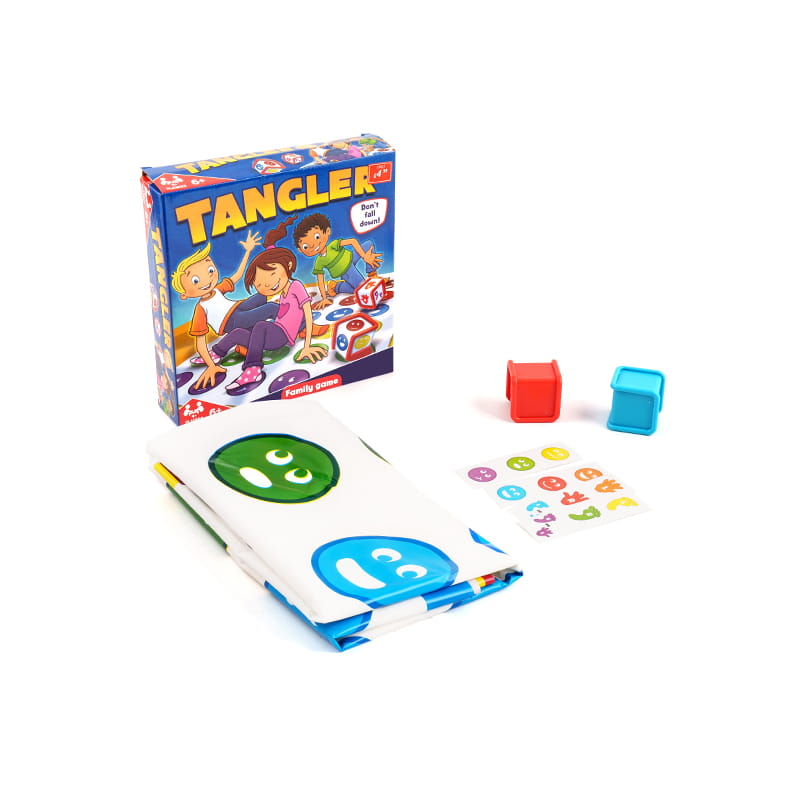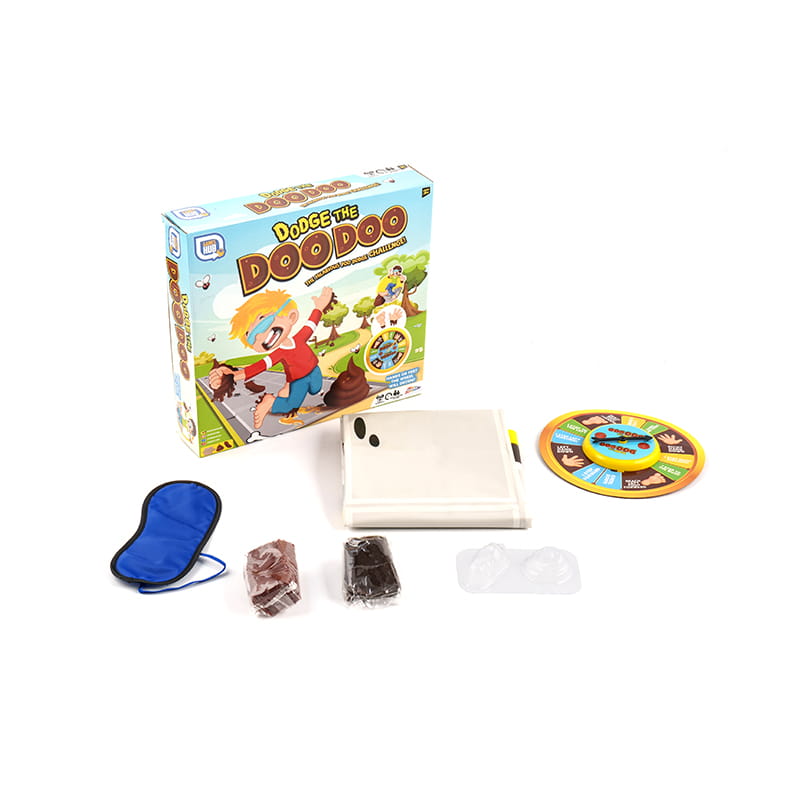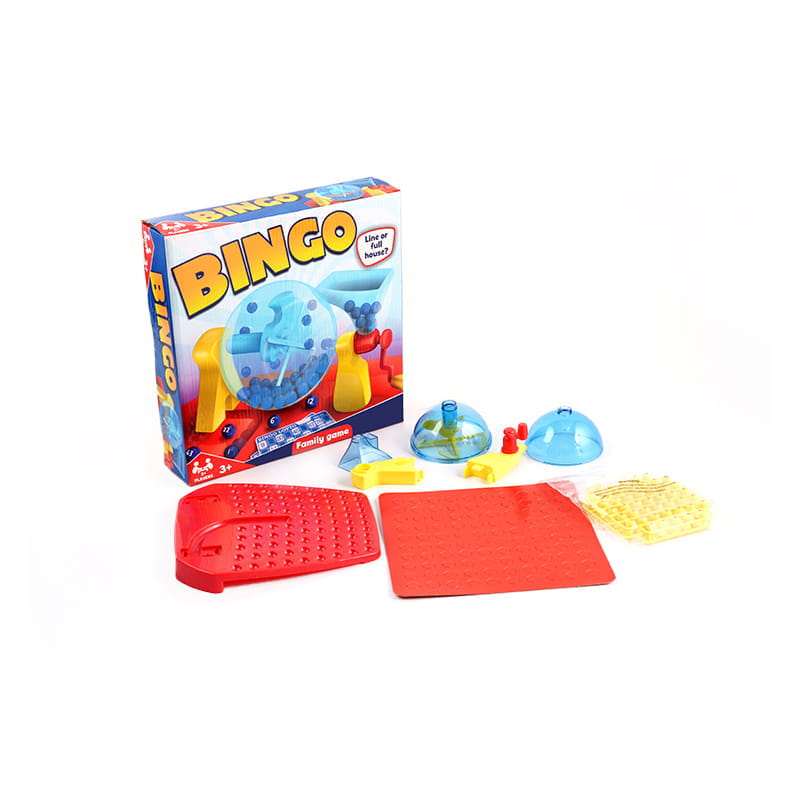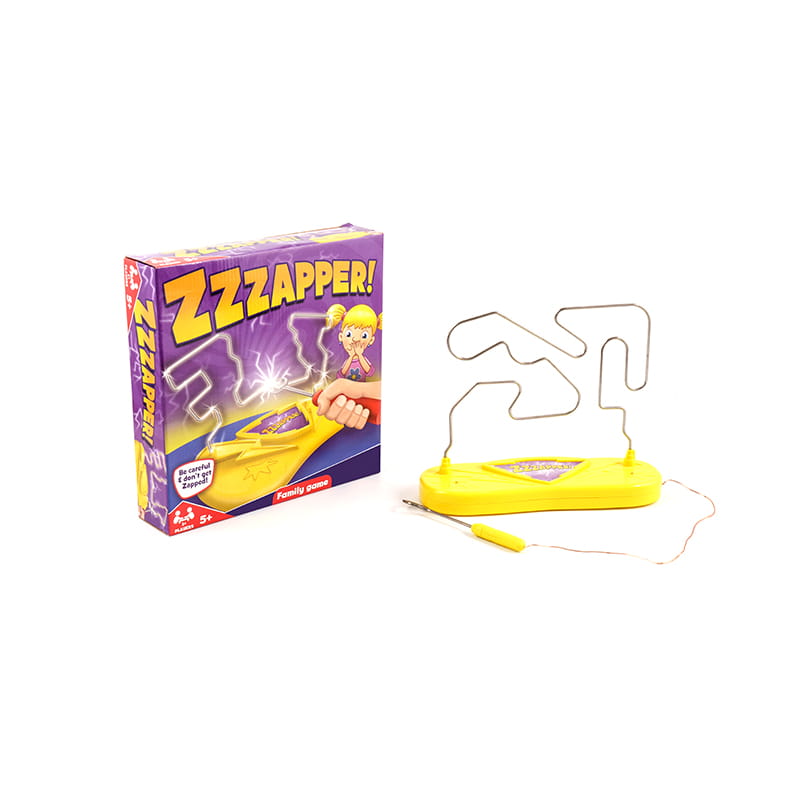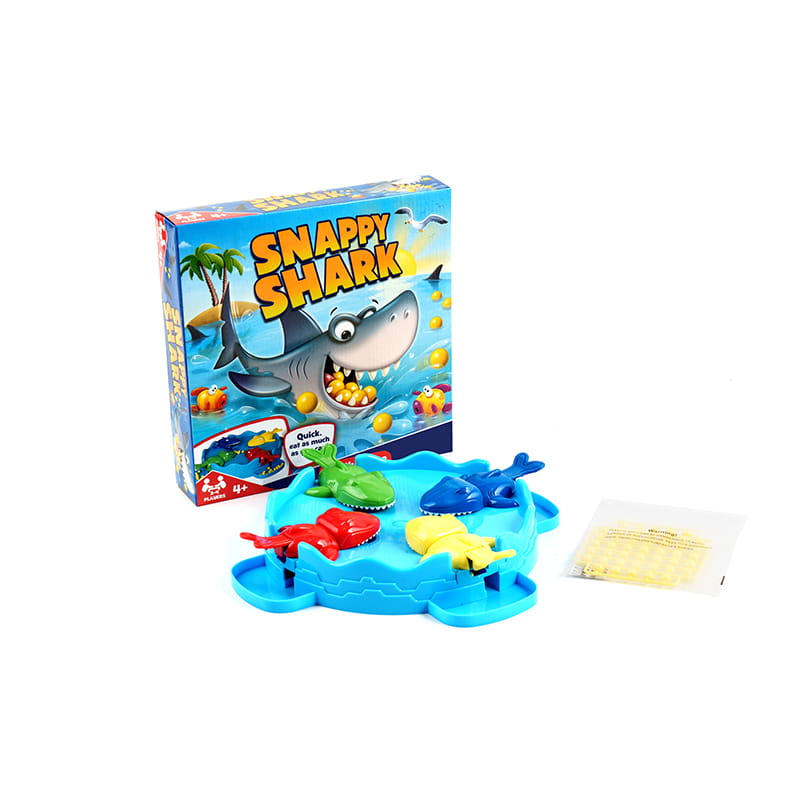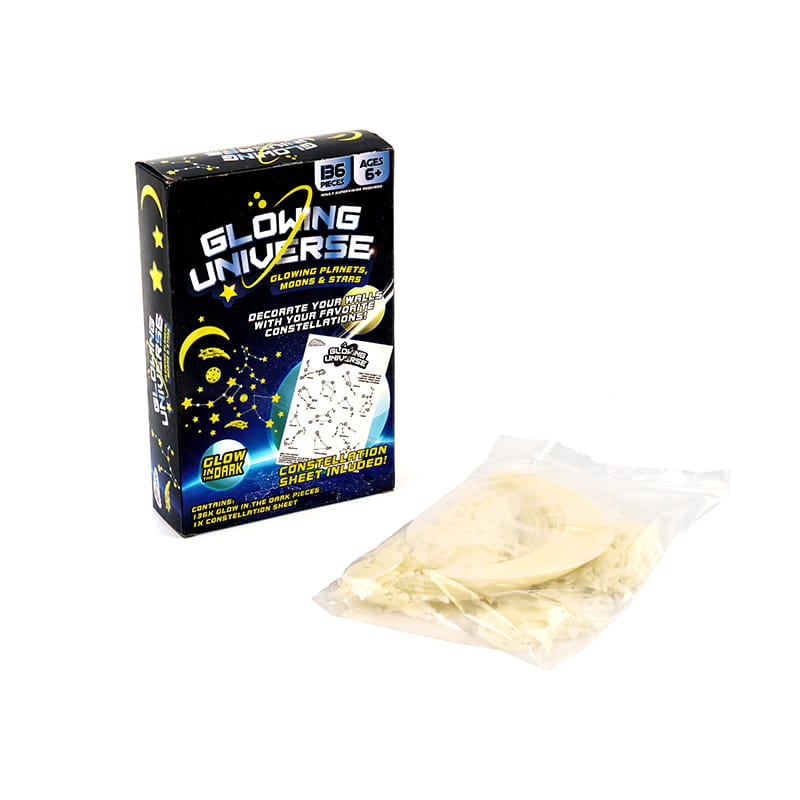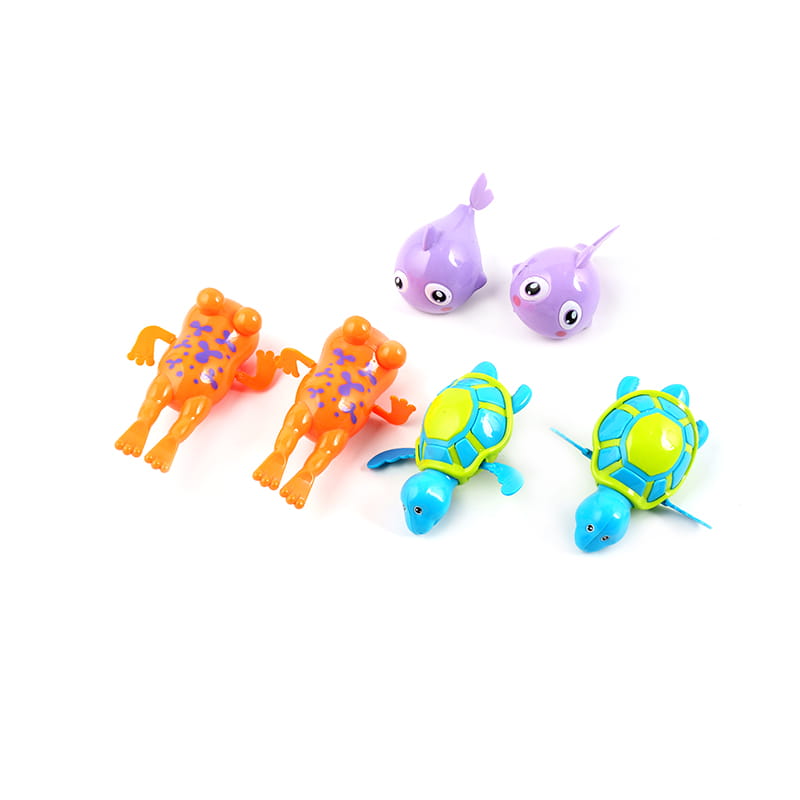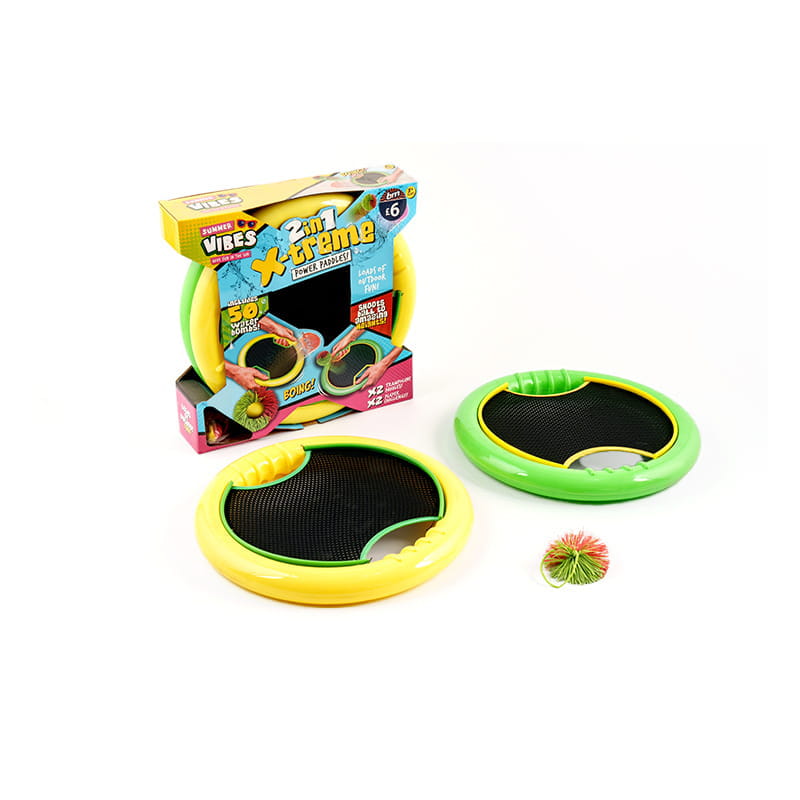- Type:
- Industry News
- Date
- 2025-Oct-24
What are the common cleaning and disinfection methods for plastic toys?
Common Cleaning and Disinfection Methods for Plastic Toys
1. Cleaning with Mild Soap and Water
Scrub the surface with warm running water and a neutral detergent, then rinse with clean water and let it air dry. This method is suitable for most water-resistant plastic toys.
2. Chemical Disinfection
84 Disinfectant (Sodium Hypochlorite): Dilute 1:200:200, soak for 10-30 minutes, then rinse thoroughly.
75% Medical Alcohol: Spray or soak for 5-10 minutes. This method is suitable for plastic toys that are not heat-resistant.
3. High-Temperature Disinfection
For heat-resistant plastics such as ABS and PP, boil in water for 5-10 minutes or steam for 5 minutes, then let it dry.
4. Ultraviolet Disinfection
Using a UV disinfection lamp or exposing the toy to sunlight (≥6 hours) can effectively kill bacteria, provided the toy material is not damaged by UV rays.
Why do plastic toys fade or deform?
1. Ultraviolet Light
UV radiation breaks down pigment molecules, causing the color to gradually fade. Prolonged exposure to the sun is the most common cause of fading.
2. Oxidation and Thermal Aging
The oxygen in the air, combined with high temperatures, triggers oxidation of polymer chains, resulting in dulling of color and brittleness of the material. Adding antioxidants can slow this process to a certain extent.
3. Pigment and Additive Quality
Using low-quality dyes or mismatched masterbatches results in poor color fastness and is easily discolored during use or cleaning. Preferring pigments with high color fastness is the fundamental protection.
4. Mechanical Stress and Improper Sterilization
High-temperature steaming or strong acid or alkali sterilization can soften and deform plastics. Uneven stress can also cause localized deformation. Choosing the appropriate sterilization method and following the instructions can effectively prevent this.


 English
English
 English
English 中文简体
中文简体